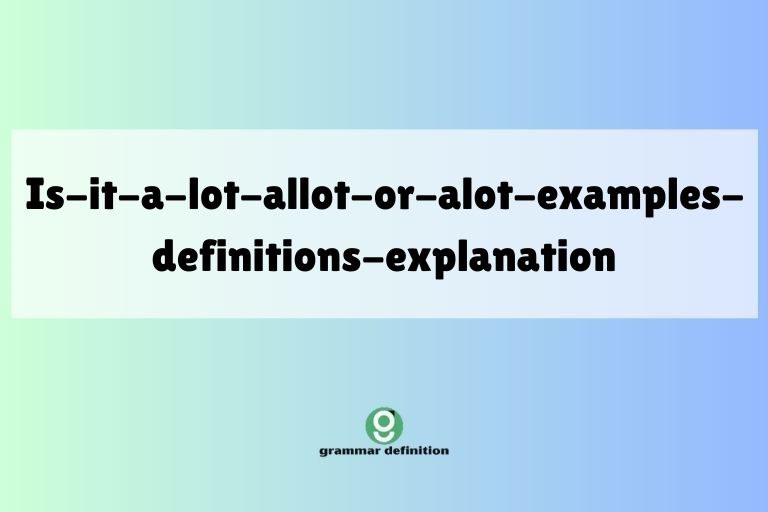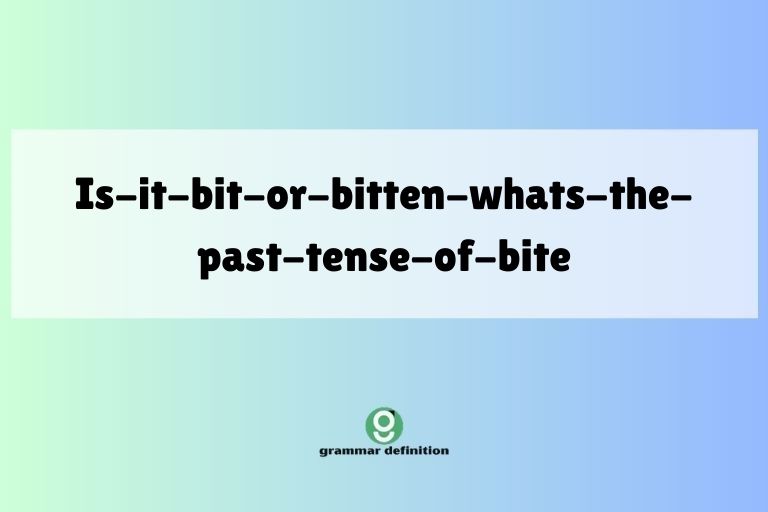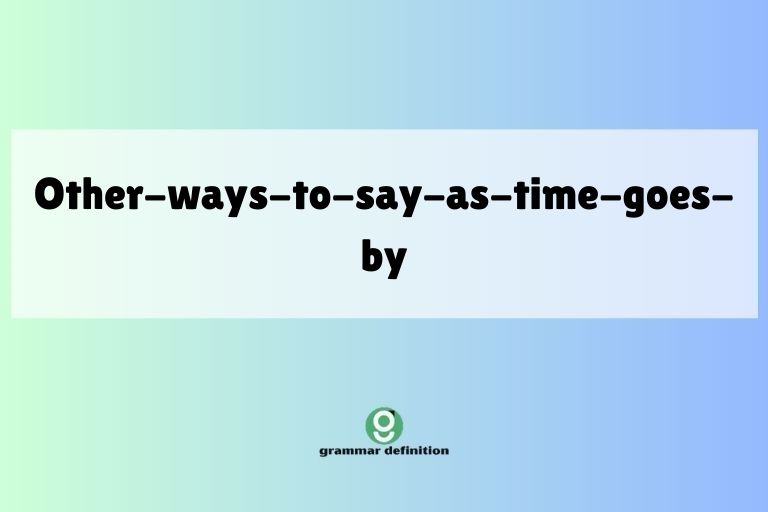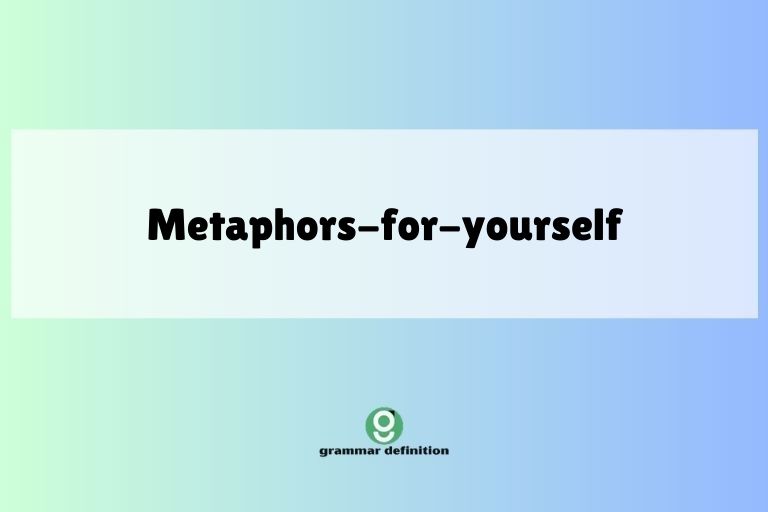“A Lot” vs. “Allot” vs. “Alot”: Mastering Correct Usage
Understanding the difference between “a lot,” “allot,” and “alot” is crucial for clear and effective communication in English. These terms are often confused, leading to errors in writing that can undermine the credibility of your message. This article provides a comprehensive guide to mastering the correct usage of each term, covering definitions, examples, usage rules, … Read more










